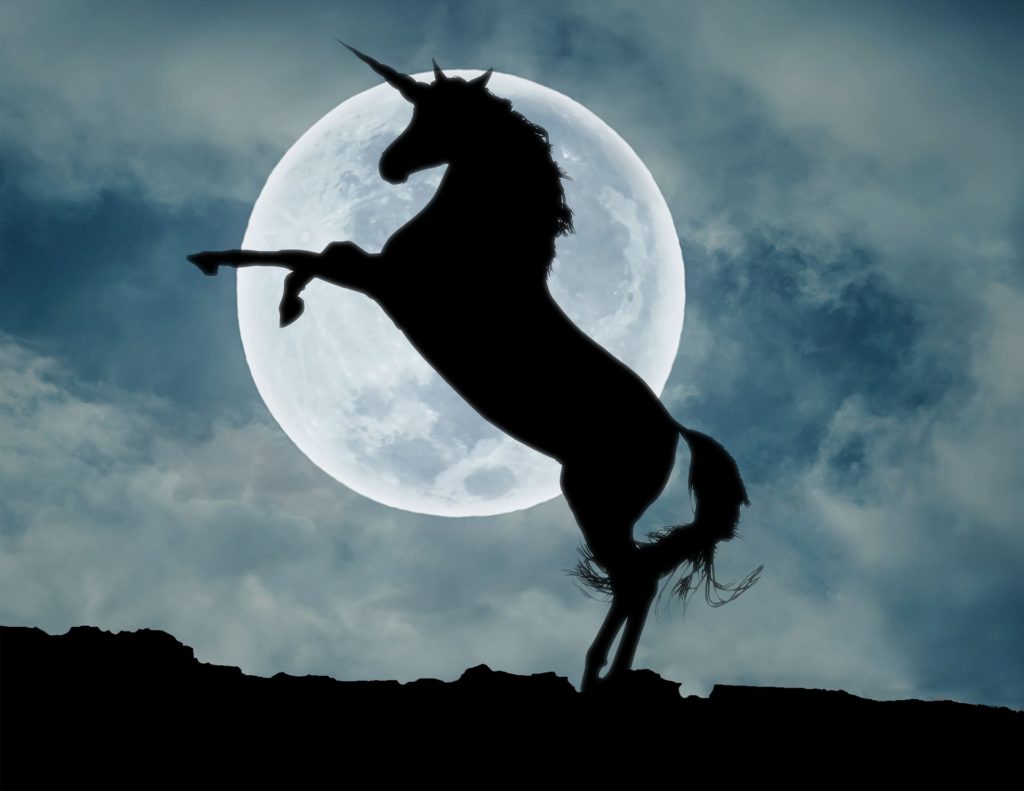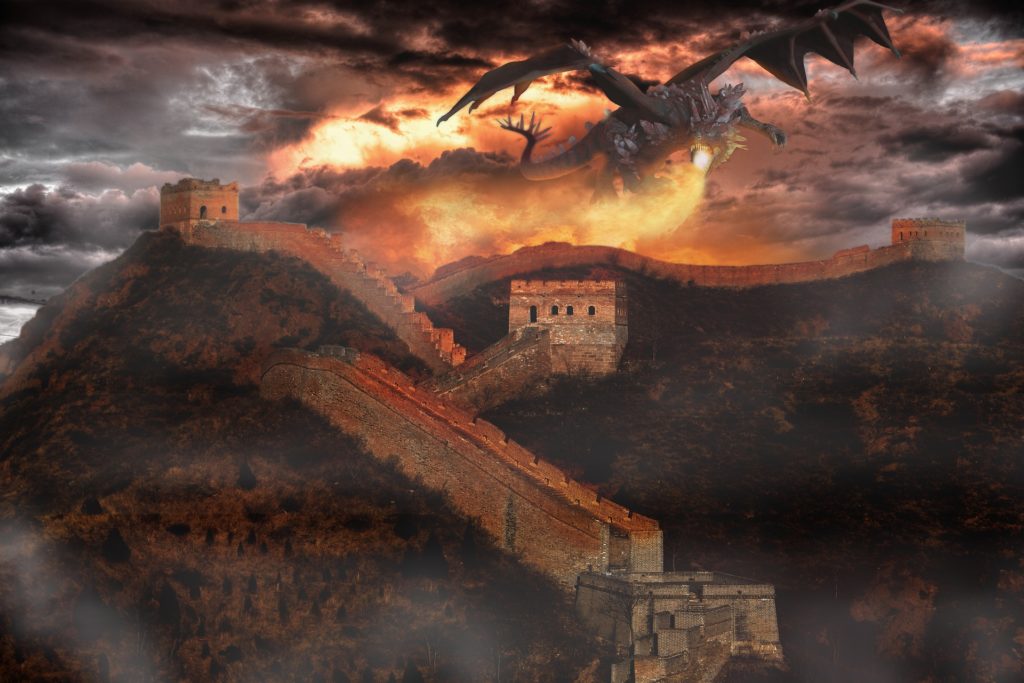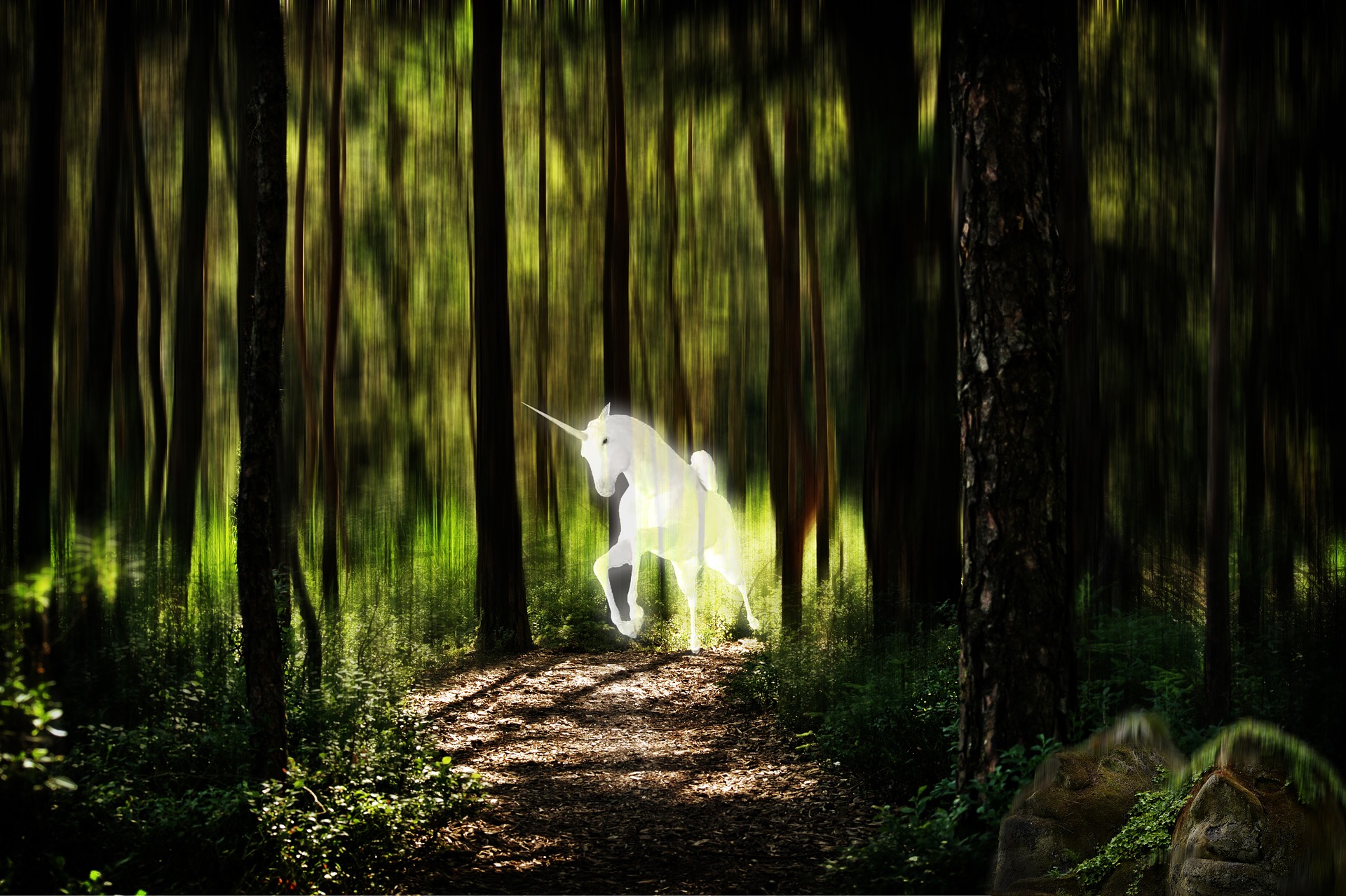From “Harry Potter” to “Lord of the Rings,” creatures such as unicorns, dragons and goblins have been found in all kinds of literature. These mythological creatures have existed in stories for centuries, but where did the idea of them originate? Let’s take a look at how some of these creatures exist in fiction:
Unicorn:

The word “unicorn” means “one horn.” It is derived from the Latin words, “uni,” meaning “one” and “cornu,” translating as “horn.” The first mention of the unicorn was by Ctesias, a Greek physician and historian.
He wrote of an unfamiliar animal, which he described as being “as large as horses and even larger. Their bodies are white. They have a horn in the middle of the forehead.”
After this, many people developed the idea of the beautiful magical creature that we imagine today. What Ctesias really described, however, was the Indian rhinoceros. It is not clear though if Ctesias actually saw the animal himself or heard about it from someone else, as he had never been to India.
Over a thousand years later in the 1200s, Marco Polo actually came across the real animal and was disappointed, as he had heard about this magical creature that was supposed to exist.
Goblin:
No exact origin of goblins is found, but they are known to be first noted in the 14th century. The term is from the word “kobalos,” which is a Greek word meaning “rogue.” People have assumed that goblins were creatures that came to their homes to cause trouble. Other tales about goblins say that will bring gifts to parents’ children for good behavior, but they bring the opposite when the children misbehave.
Dragons:

Dragons have many theories on their origins, the first originating from dinosaur fossils. Many people in ancient times did not realize the fossils were, which could have led them to call them “dragons.”
This is noted as far back as 300 B.C. by Chan Qu, a Chinese historian, who wrote this belief in his book. Austria also kept large dinosaur fossils that were thought to be dragons for some time.
Poland did the same, believing the bones that it held were of a Smok Wawelski dragon. People have since come to believe that, in this case, they are actually early mammoth bones.
Vampires:
Vampires are known to date back to ancient Greece as they were described as drinking people’s fluids while they slept. During medieval times in Europe, they were thought to bring diseases as they sucked people’s blood. It is thought that the word “vampire” came from the eastern part of Europe as that is where the tales were most popular.
Some would uncover bodies of deceased who they thought to be vampires as they believed that signs of decomposition meant that the body survived in another life. More recent research has found that some diseases of that time produced symptoms that are common characteristics of the vampire.
Porphyria can make sunlight hard to bear. Rabies results in biting and can cause repugnance towards light and garlic. Tuberculosis can be accompanied by wasting.
Banshee:

The banshee or “woman of the fairy mound” is a mythological grey-cloaked spirit associated with death. Having origins in Ireland, people would apparently see her either as a young lady with a beautiful singing voice, a noble matron, or a hideous old woman.
The banshee was said to always be mourning, causing her eyes to unfailingly be red. It was said that if people saw her or heard her cry, it was a sign that they were about to die a horrible death.
The idea of the banshee comes from medieval funerals, where a woman was paid to be the “keener,” one who came to sing mournful songs. Keeners who were most talented were often invited to large funerals of important people because it was believed that the amount of people grieving represented how significant the deceased person was in life.
This tradition led to the myth of the banshee that is still heard of today.
Mogwai/Gremlins:
The idea of gremlins existed before the 1984 movie. For those unfamiliar with the film, the mogwai starts out as nice adorable creatures, but if certain rules are not followed, they become evil gremlins.
Having a Chinese origin, the mogwai was always an evil creature that caused trouble for humans. To be free of the mogwai’s torments, people would have to burn paper money so that the mogwai would have it after death. The mogwai was also said to mate and reproduce when it rained. In the movie, they would multiply when exposed to water.
Gremlins were previously separate from the mogwai in old stories. Gremlins are thought to stem from folklore such as those about fairies and goblins and are described as being similar to an imp. They were said to be very clever when it came to technology and helped in great achievements, but they would later be associated with trouble.
Talk of them increased in the 1920s and 1930s as many people claimed to see them, especially on planes. They were especially popular around the time of World War II as they were sometimes said to be the cause of mechanical issues in the planes of the British Air Force.
Rebekah Davidson
Intern

